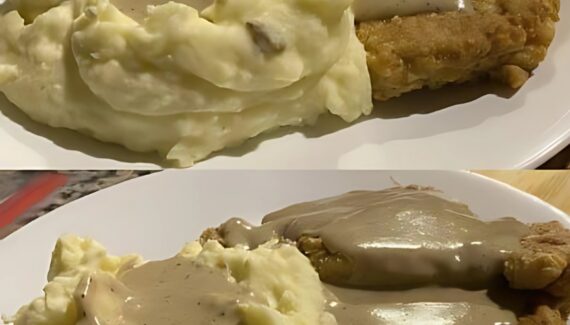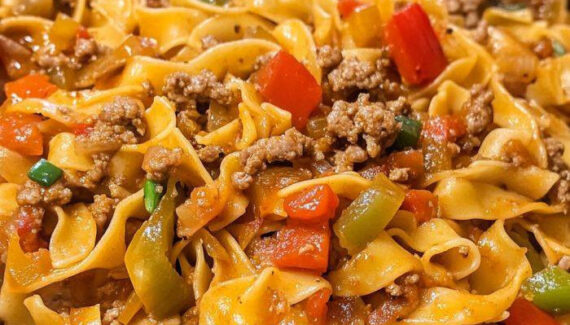
4) Cook the ravioli
- Bring a large pot of water to a rolling boil and salt it generously (like sea water).
- Gently add fresh ravioli in batches — do not overcrowd. Fresh ravioli will float and be done in about 3–4 minutes. Frozen ravioli go straight from the freezer to the pot and take about 4–6 minutes (or until they float and feel tender). Scoop with a slotted spoon.
5) Make the sauce (two quick options)
A — Brown butter & sage:
- In a skillet over medium heat, melt butter and cook until it smells nutty and turns a light amber (watch carefully — it goes from brown to burnt fast). Add sage leaves and crisp them for 20–30 seconds. Remove from heat. When ravioli are cooked, toss them gently in the brown butter, plate, and finish with extra Parmigiano and a squeeze of lemon.
B — Simple tomato sauce:
- Sauté onion and garlic in olive oil until translucent. Add crushed tomatoes, a pinch of sugar (optional), salt, pepper, and simmer 10–15 minutes. Stir in torn basil at the end. Spoon sauce onto plates and set ravioli on top (or toss gently).
Finishing & plating
- Warm the serving plates. Put a small smear or pool of sauce on the plate, arrange ravioli, spoon more sauce over, then finish with grated Parmigiano, cracked black pepper, micro herbs or basil, and a drizzle of good olive oil or a few sage leaves from the butter sauce.
Make-ahead & freezing
- Assembled but uncooked ravioli: Freeze on a tray in a single layer for 1 hour, then transfer to a freezer bag. Cook from frozen adding 1–2 minutes to boiling time. Freeze up to 2 months.
- Cooked ravioli: It’s best fresh. You can reheat gently in simmering sauce or sauté quickly in butter. Reheating in the microwave will make them soggy.
Variations & swaps
- Gluten-free: Buy gluten-free fresh pasta sheets or use a tested gluten-free dough mix. Texture will differ.
- Vegan: Replace ricotta with blended firm tofu + nutritional yeast + lemon + kala namak for eggy taste; use olive oil in place of butter and skip egg yolk in the filling. Seal with a water paste (no egg wash).
- Cheese swaps: Use part mascarpone for silkier filling or add grated pecorino for a sharper tang.
- Add-ins: Crispy pancetta or cooked mushrooms folded into the filling make a richer ravioli.
Troubleshooting quick guide
- Filling too wet → drain ricotta and spinach longer; add a tablespoon of fine breadcrumbs or more cheese.
- Dough tears → it’s either too thin or not rested enough; knead briefly, rest 10–15 min, and patch with bit of dough.
- Ravioli burst in the pot → seal better with egg wash and press air out; bring water to a gentle boil rather than a furious one.
Spinach and ricotta ravioli are a forgiving gateway into fresh pasta making — once you get the rhythm of rolling, filling, and sealing, you’ll be dreaming up fillings every week. Want a printable recipe card, or a version scaled for 8–10 servings or gluten-free dough? I can create that next.








No Responses Yet